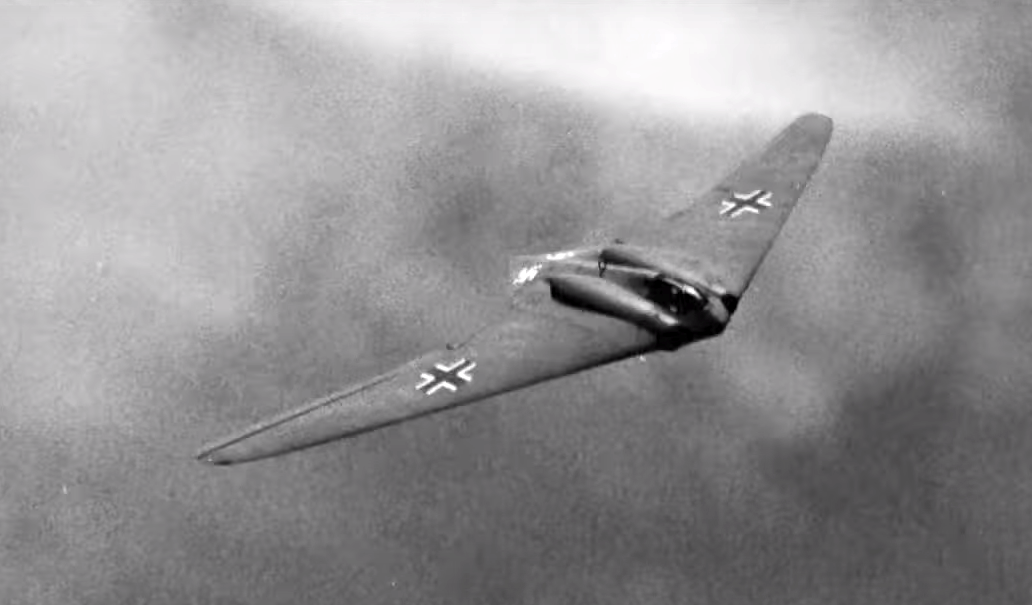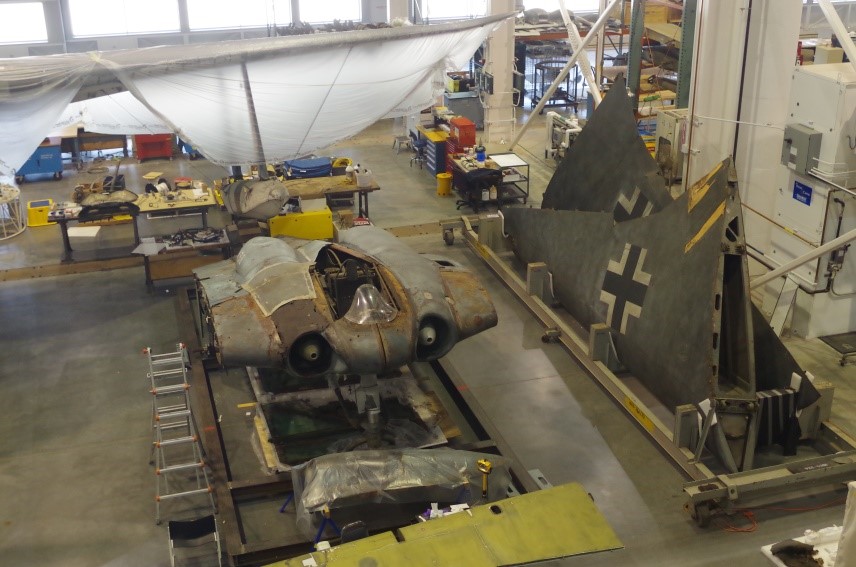The History Column: Horten Ho-229
Number seven in this series of historical developments is a quite remarkable German aircraft from WW2: the Horten Ho-229. This was a single-seat fighter/bomber aircraft with a steel and laminated plywood airframe, powered by two turbojet engines, and designed and built by the Horten brothers, Walter and Reimer. Its maximum speed was close to 1,000 km/h. It looks for all the world like a modern-day stealth aircraft – but from 75 years ago.

A prototype aircraft flew in test flights in February 1945 – just three months before the end of WW2 in Europe. The results were encouraging, but there was no time and no manufacturing capability to develop it to operational status. The prototype was recovered as the Allies overran Germany, and now-declassified documents in the British National Archives show that the airframe was carefully inspected and the performance assessed. It is not clear how much of this information may have been used in the design of the Northrop XB-35 (1946) and YB-49 (1947) 'flying wing' aircraft.
The prototype aircraft lay in storage for many years, but has now been taken to the Smithsonian Udvar-Hazy museum, close to Dulles airport, VA, where it is being restored. This is a painstaking operation that will take many years to complete, but the result will be a unique record of a remarkable piece of aviation history.
In 2008 Northrop Grumman built a full-scale model of the Ho-229 aircraft, to allow its radar signature to be measured, and hence to assess to what extent it might be “stealthy.” The model did not include the engines, nor the metal frame. The results showed that at the HF/VHF frequencies used by the British Chain Home radars, the frontal RCS of the Ho-229 would be about 4 dB lower than that of a Messerschmidt Bf 109 fighter – in other words that the radar signature of the Ho-229 was comparable with similar-sized conventional aircraft.

Further information may be found at:
https://airandspace.si.edu/udvar-hazy-center
https://en.wikipedia.org/wiki/Horten_Ho_229
https://www.youtube.com/watch?v=bVKgkfjzG_A
https://www.youtube.com/watch?v=pO3OS6FNVeI
I am pleased to announce that from January 2021 the History Column will also be published in the AES Magazine.
https://royalsocietypublishing.org/doi/10.1098/rsta.2017.0459
Authored by Hugh Griffiths
University College London

